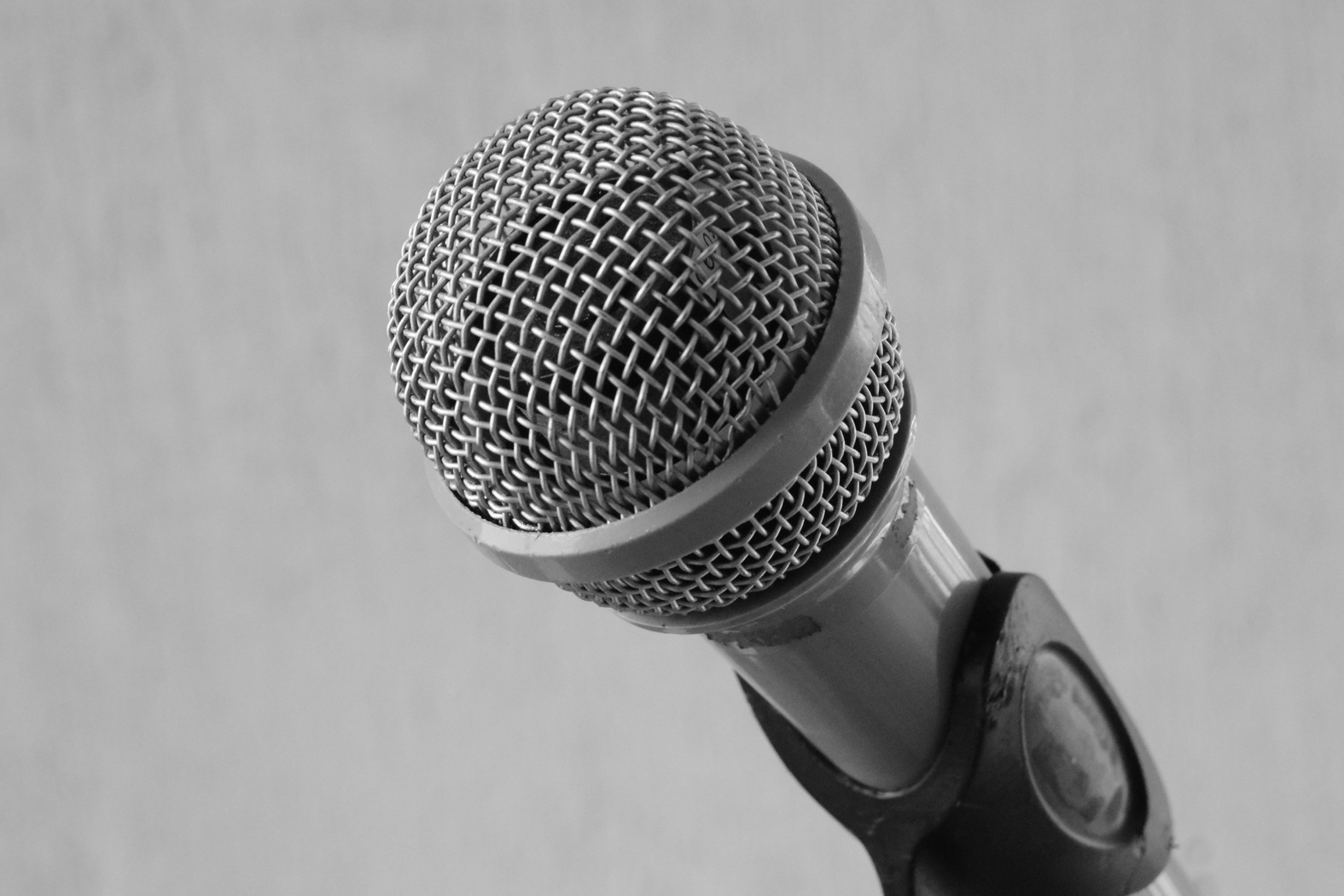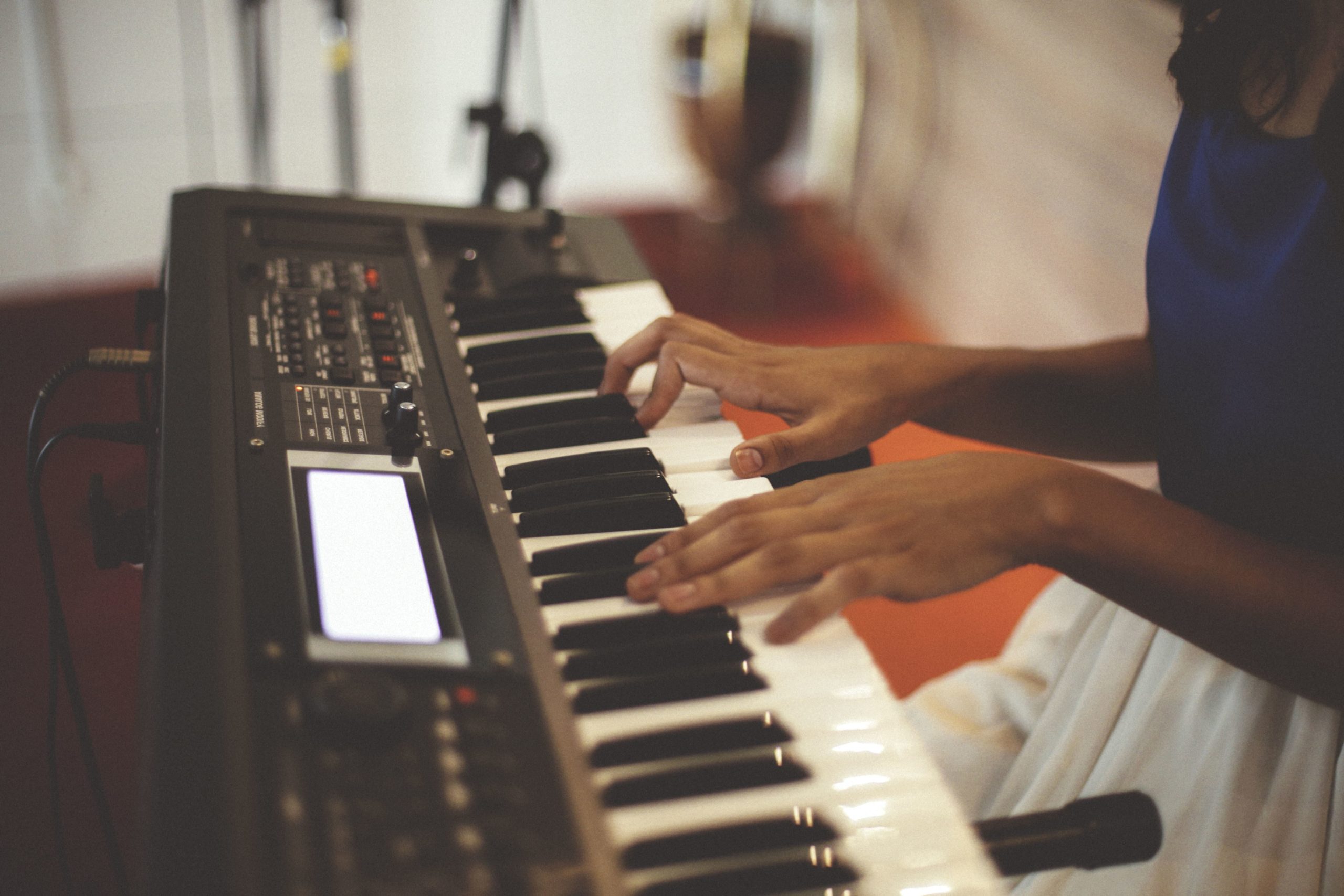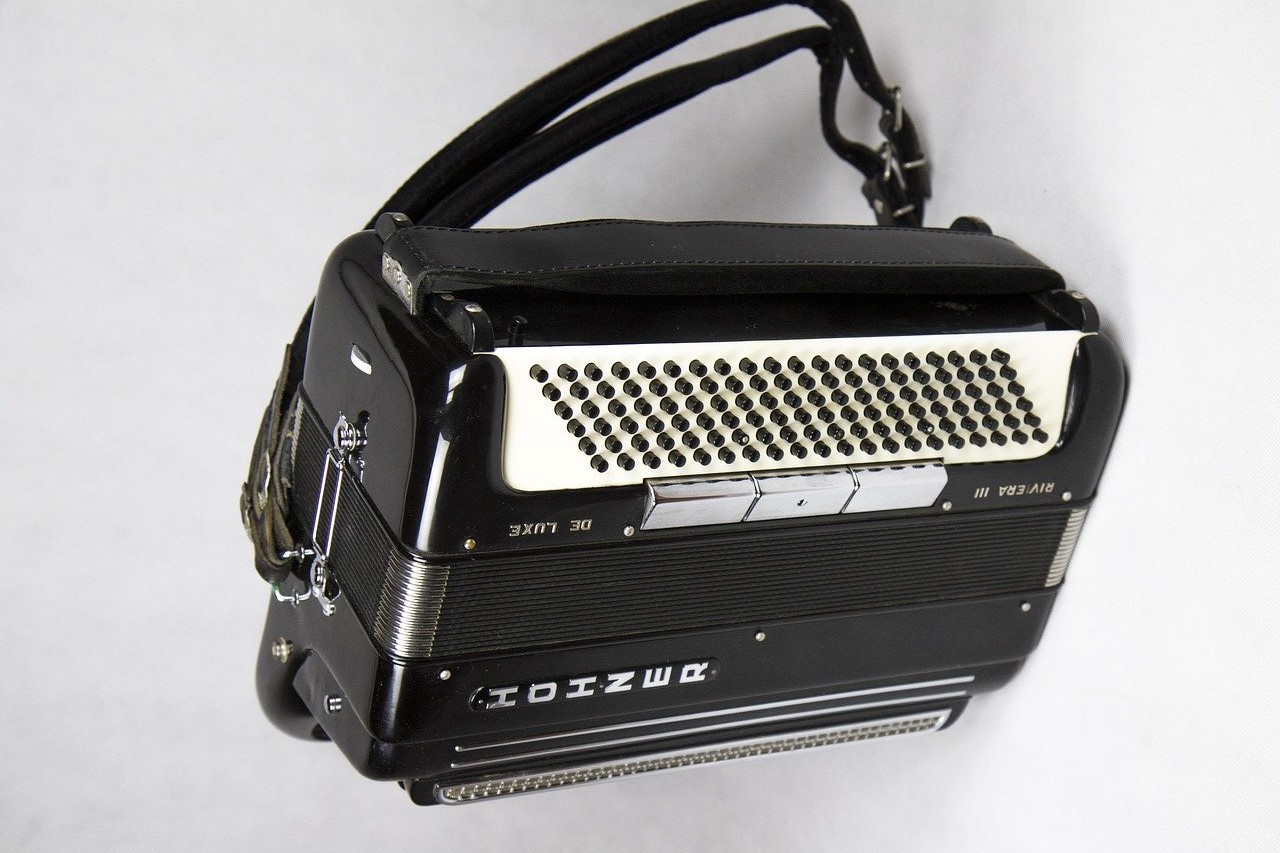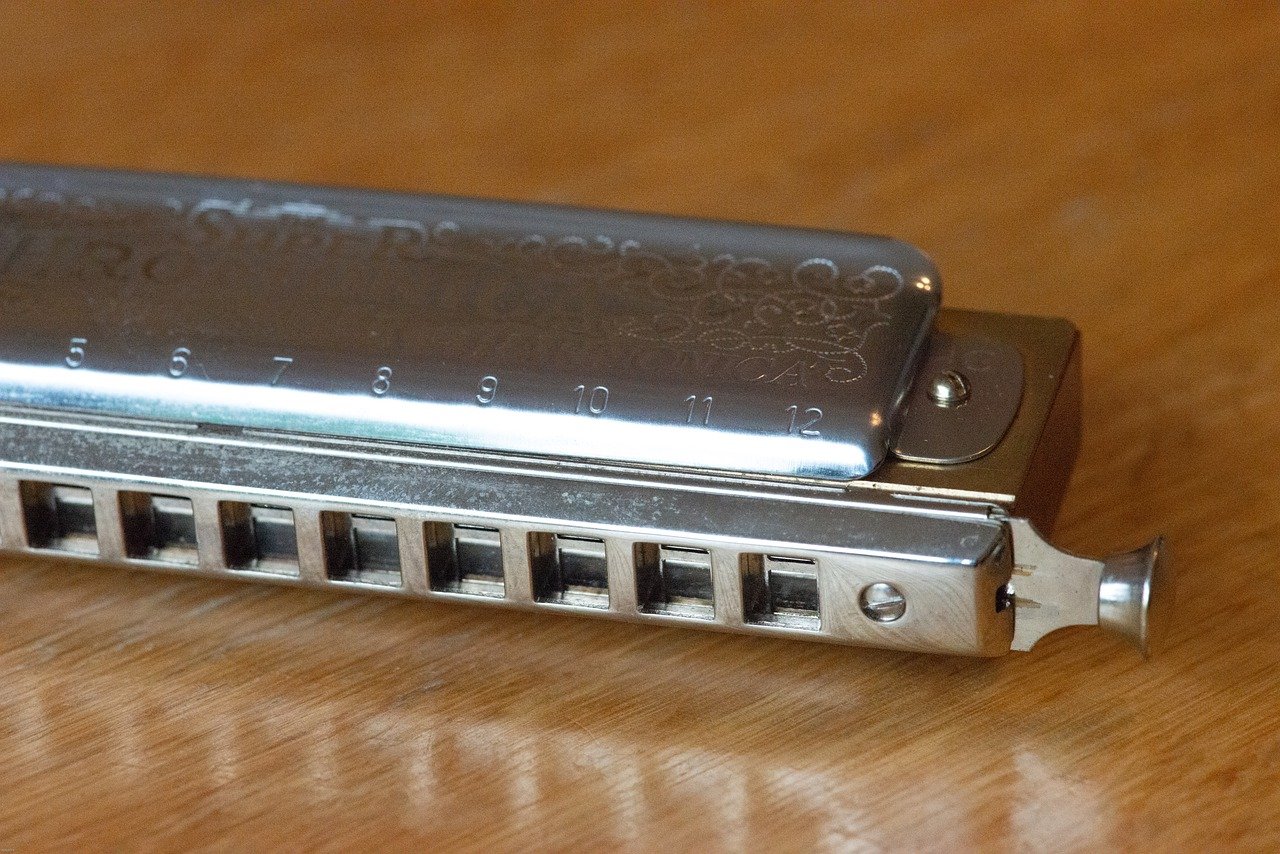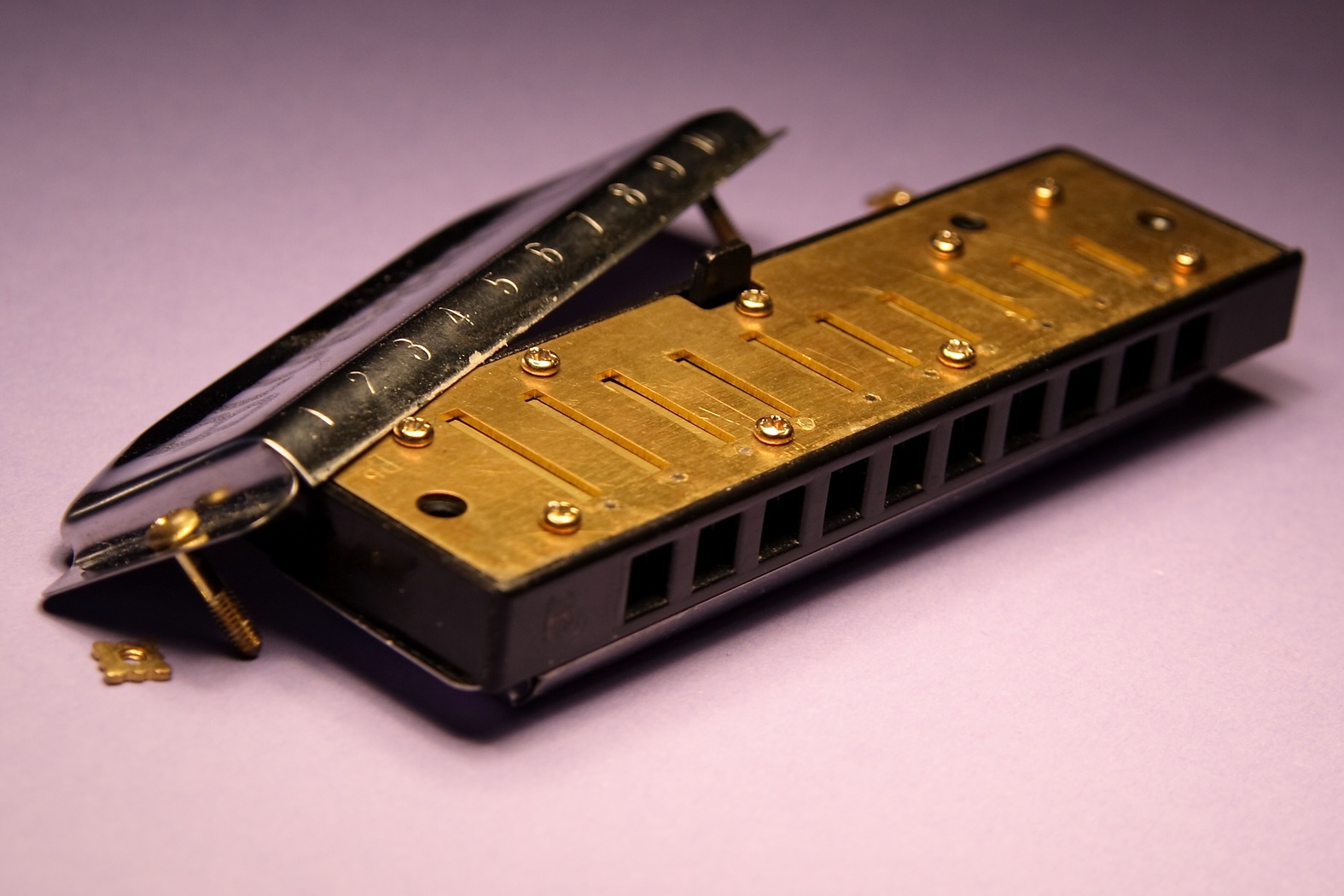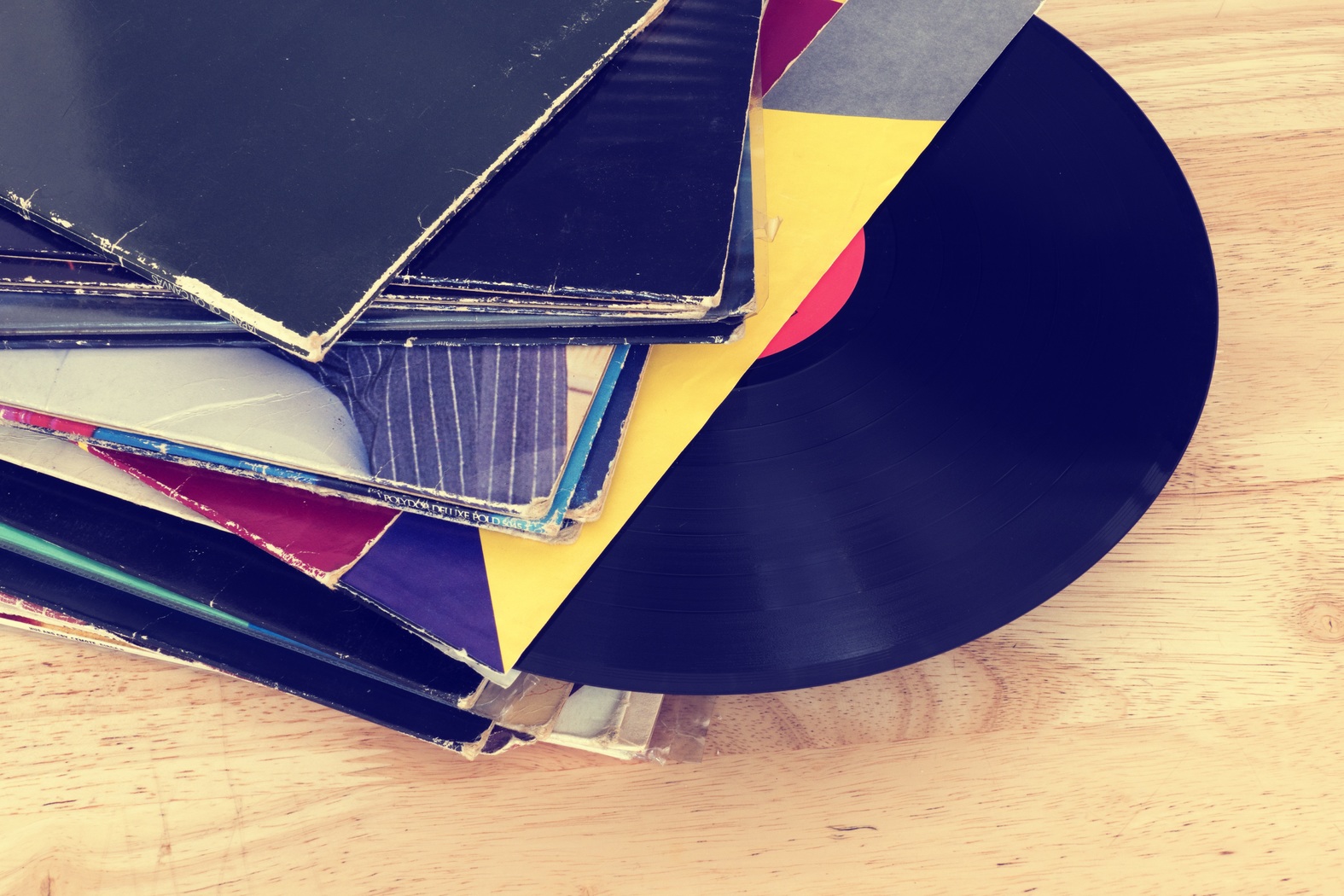The psychology of love goes beyond superficial observations. It is the only thing that runs deep and runs true. Nothing else in life will ever be as intricate and intriguing. Through observation, we can catch clues to being in love or being in lust, and even though these are just our feelings at the time we have determined, we can trust the feelings as well as the observations.
Music can be very important to how we form romantic and sexual relationships. When we fall in love, we are susceptible to playing on our feelings, and we often say things we wouldn’t say to anyone else, let alone to a person that we are really interested in dating or marrying. We will also do things we wouldn’t normally do. We play on our feelings to see what they will give us in the relationship. If the feeling is positive, we feel elated. If it is negative, we feel guilty and fall into despair. All of this comes from listening to music and feeling affected by the songs we hear.
Now when it comes to sex, music has a huge effect. Music gets us in the mood, puts us in a certain state of mind and sexual and romantic feelings are affected. Thankfully hookup apps like MeetnFuck have realized this and now match people for hookups based on music taste. What’s more, is that what we hear will actually be going through our minds when we are making love. This means that our decisions and actions are affected by what we hear. Therefore, we are playing on our feelings and our feelings are being affected.
Is Music to Blame for Relationship Issues?
Relationship issues and disagreements are common in a marriage or romantic relationship. Music can be a big culprit. If you play pop music all the time, you will not feel depressed and angry towards your partner, because they will not affect you. If you are constantly playing love songs on your cell phone or in the car, you are not going to feel all lovey-dovey towards your significant other.
Why? Because when you play that music, you are hearing the words of that music and thinking about that person all the time. Therefore, the songs you listen to will be affecting your feelings towards that person, not to mention the way you will be reacting to the person and the decisions you will be making.
How Can We Fix This?
The first thing we need to do is to really think about how we are listening to our music. As previously stated, you will be thinking of the lyrics, the artist, the theme and everything. Think about all of the ways that you are listening to your music. Make a note of them and see how many there are.
Listen to different types of music and really notice how you are feeling. When you are in the throes of a new relationship or romance, your mind is flooded with thoughts and your feelings are constantly shifting. You will be able to detect patterns.
There are a few main types of music that make you feel depressed, anxious, feel in love or feel very romantic and sexually excitable. Is it pop music, jazz or even heavy metal?
Well, the best thing you can do for yourself is to make sure that you avoid the types of music that make you feel sad, anxious or even when you are feeling in love. The way you handle this is by asking yourself what the music is telling you. If it is telling you to become depressed, if it is giving you a bit of a heart attack, if it is making you feel anxious, if it is making you feel sexually excited, then that is what you should be listening to.
In Conclusion
If you want to build a healthy relationship, then pick some music that will make you feel happy and optimistic and you can be assured that the decisions that you make will be positive. For example, when you are choosing a song for the sex tape, find a song that will make you feel the way you feel when you are in a romantic relationship and not the way you are feeling when you are having sex.
The music that you listen to will actually be affecting your thoughts and feelings, especially your decisions and actions. You need to pick songs that make you feel elated, not depressed, because the music will have a direct affect on your feelings and the way you handle the situation.
